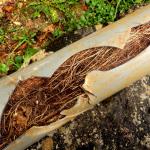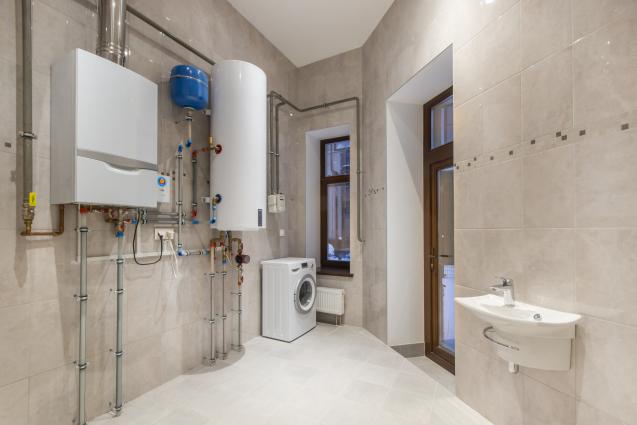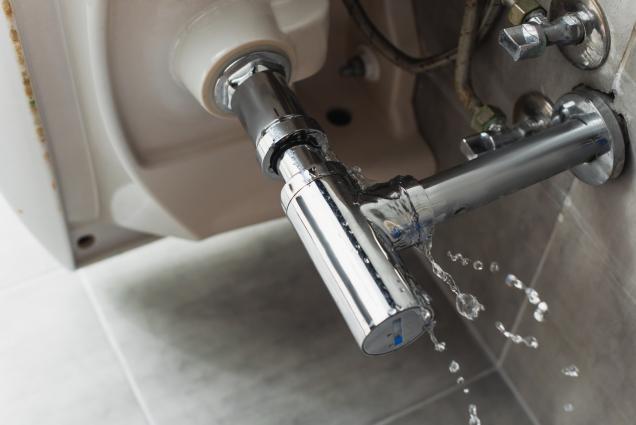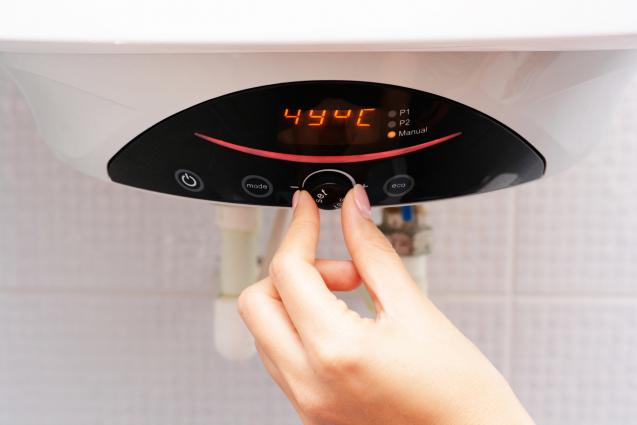
Key Factors That Lead to Blocked Drains in Australian Homes
By Fluid Plumbing|April 22, 2024
Blocked drains are a stubborn problem in households nationwide. Australian properties face disruption caused by the inconvenience and ill-health often resulting from blocked drains. Tackling this nuisance involves understanding the main causes in order to take preventative measures. Here, we delve deeper into the catalysts contributing to blocked drains in Australian homes.
The Prevalence of Blocked Drains in Australia
The issue of blocked drains is widespread across the country, a challenge that goes beyond geographical boundaries and housing types. Closed-off drains pose a problem in both urban apartments and large suburban properties. Research by Plumbing Connection magazine reveals that plumbing professionals across Australia spend about 75% of their active working hours dealing with issues linked to blocked drains. This eye-opening figure underscores the frequency and commonality of the issue.
Blocked drains not only represent an inconvenience but can also lead to more significant problems over time. Standing water can potentially promote the spread of diseases, and the overflow from drains can cause water damage to surrounding structures. Overflow may also lead to contamination of local waterways, thus disturbing the delicate ecological balance of rivers and lakes. Preventative maintenance and knowledge of the causative factors are the keys to mitigating this common yet hazardous problem.
Incorrect or Excessive Disposal of Grease and Oil
One primary factor causing blocked drains is the incorrect disposal of grease and oil. In many households, kitchen waste, including leftover cooking oils, is mindlessly washed down the drain. Grease and oil tend to solidify when they cool, forming a hard, semi-solid plug that restricts the flow of water. Statistics from metropolitan cities like Melbourne highlight the severity of the problem, with pipe inspections often revealing tonnes of hardened oil and grease deposited each year.
The repercussions of improper oil and grease disposal extend beyond households. When grease accumulates in sewer lines and then solidifies, it can lead to sewage overflows, spilling contaminants into public spaces and water bodies. This situation results in not only degraded public health but also damaged infrastructure. Implementing simple changes, such as storing cooking oil and grease for correct waste disposal or even recycling, can drastically minimise the risk of blockages.
Uncontrolled Tree Root Growth
Another crucial contributor to blocked drains is the uncontrolled growth of tree roots. In Australia, some tree species, such as the camphor laurel and London plane tree, have widespread root systems that extensively invade drainage pipes in search of water, causing serious blockages.
As tree roots proliferate within pipes, they act like a net, trapping debris and gradually creating a plug. If left unmanaged, tree root invasion can lead to fractured or even collapsed pipes, leaving homeowners with extensive repair bills. Regular inspections and robust tree management techniques, such as the installation of root barriers and thoughtful tree selection and placement, can prevent extensive root ingress.
Flushing of Non-Degradable Materials
Flushing non-degradable materials down toilets and drains is a common cause of drain blockage. Items such as wipes, nappies, sanitary pads, cotton buds, and plastic products can cause blockages by clumping together within the drainage system. These materials, not designed to disintegrate in water, can block pipes and impede wastewater flow.
Environmentally, improperly disposed of non-degradable materials pose a significant threat. Many of these materials eventually find their way to water bodies, causing pollution and endangering aquatic life. Residents can mitigate this problem by exercising responsibility in waste disposal, remembering simple rules like not using toilets as waste bins and adhering to local waste disposal protocols.
Inadequate Drainage System Installations
Finally, a significant cause of drain blockages is associated with improper drainage installations. Substandard workmanship during installation can result in weak joints and misalignments that easily disturb the flow of water, leading to backups. In severe cases of poor drainage installations, collapsed pipes can occur, requiring a plumber for extensive repairs.
Engaging skilled, reputable professionals for drainage system installations prevents these problems. Even though choosing certified professionals may seem more costly in the beginning, the reduction in maintenance and future repair costs yields long-term economic benefits.
In conclusion, an array of factors can lead to blocked drains in Australian homes. These include improper disposal of oil and grease, root ingress from local tree species, flushing of non-degradable materials, and poor drainage system installations. By being well-informed about these issues and adopting responsible habits, homeowners can not only mitigate and prevent these incidents but also contribute positively to environmental preservation. The journey towards maintaining cleaner, healthier homes in Australia starts with each individual taking steps towards responsible drain management.
The Prevalence of Blocked Drains in Australia
The issue of blocked drains is widespread across the country, a challenge that goes beyond geographical boundaries and housing types. Closed-off drains pose a problem in both urban apartments and large suburban properties. Research by Plumbing Connection magazine reveals that plumbing professionals across Australia spend about 75% of their active working hours dealing with issues linked to blocked drains. This eye-opening figure underscores the frequency and commonality of the issue.
Blocked drains not only represent an inconvenience but can also lead to more significant problems over time. Standing water can potentially promote the spread of diseases, and the overflow from drains can cause water damage to surrounding structures. Overflow may also lead to contamination of local waterways, thus disturbing the delicate ecological balance of rivers and lakes. Preventative maintenance and knowledge of the causative factors are the keys to mitigating this common yet hazardous problem.
Incorrect or Excessive Disposal of Grease and Oil
One primary factor causing blocked drains is the incorrect disposal of grease and oil. In many households, kitchen waste, including leftover cooking oils, is mindlessly washed down the drain. Grease and oil tend to solidify when they cool, forming a hard, semi-solid plug that restricts the flow of water. Statistics from metropolitan cities like Melbourne highlight the severity of the problem, with pipe inspections often revealing tonnes of hardened oil and grease deposited each year.
The repercussions of improper oil and grease disposal extend beyond households. When grease accumulates in sewer lines and then solidifies, it can lead to sewage overflows, spilling contaminants into public spaces and water bodies. This situation results in not only degraded public health but also damaged infrastructure. Implementing simple changes, such as storing cooking oil and grease for correct waste disposal or even recycling, can drastically minimise the risk of blockages.
Uncontrolled Tree Root Growth
Another crucial contributor to blocked drains is the uncontrolled growth of tree roots. In Australia, some tree species, such as the camphor laurel and London plane tree, have widespread root systems that extensively invade drainage pipes in search of water, causing serious blockages.
As tree roots proliferate within pipes, they act like a net, trapping debris and gradually creating a plug. If left unmanaged, tree root invasion can lead to fractured or even collapsed pipes, leaving homeowners with extensive repair bills. Regular inspections and robust tree management techniques, such as the installation of root barriers and thoughtful tree selection and placement, can prevent extensive root ingress.
Flushing of Non-Degradable Materials
Flushing non-degradable materials down toilets and drains is a common cause of drain blockage. Items such as wipes, nappies, sanitary pads, cotton buds, and plastic products can cause blockages by clumping together within the drainage system. These materials, not designed to disintegrate in water, can block pipes and impede wastewater flow.
Environmentally, improperly disposed of non-degradable materials pose a significant threat. Many of these materials eventually find their way to water bodies, causing pollution and endangering aquatic life. Residents can mitigate this problem by exercising responsibility in waste disposal, remembering simple rules like not using toilets as waste bins and adhering to local waste disposal protocols.
Inadequate Drainage System Installations
Finally, a significant cause of drain blockages is associated with improper drainage installations. Substandard workmanship during installation can result in weak joints and misalignments that easily disturb the flow of water, leading to backups. In severe cases of poor drainage installations, collapsed pipes can occur, requiring a plumber for extensive repairs.
Engaging skilled, reputable professionals for drainage system installations prevents these problems. Even though choosing certified professionals may seem more costly in the beginning, the reduction in maintenance and future repair costs yields long-term economic benefits.
In conclusion, an array of factors can lead to blocked drains in Australian homes. These include improper disposal of oil and grease, root ingress from local tree species, flushing of non-degradable materials, and poor drainage system installations. By being well-informed about these issues and adopting responsible habits, homeowners can not only mitigate and prevent these incidents but also contribute positively to environmental preservation. The journey towards maintaining cleaner, healthier homes in Australia starts with each individual taking steps towards responsible drain management.



